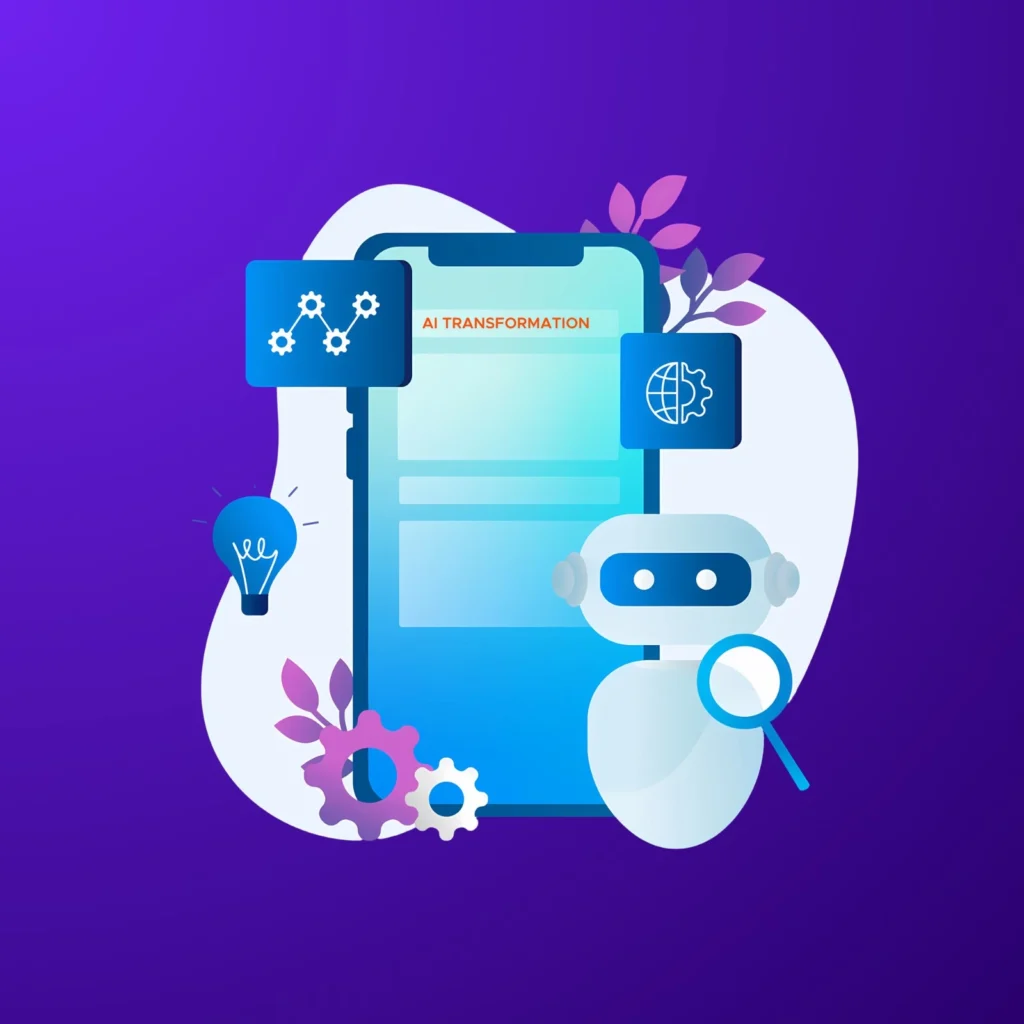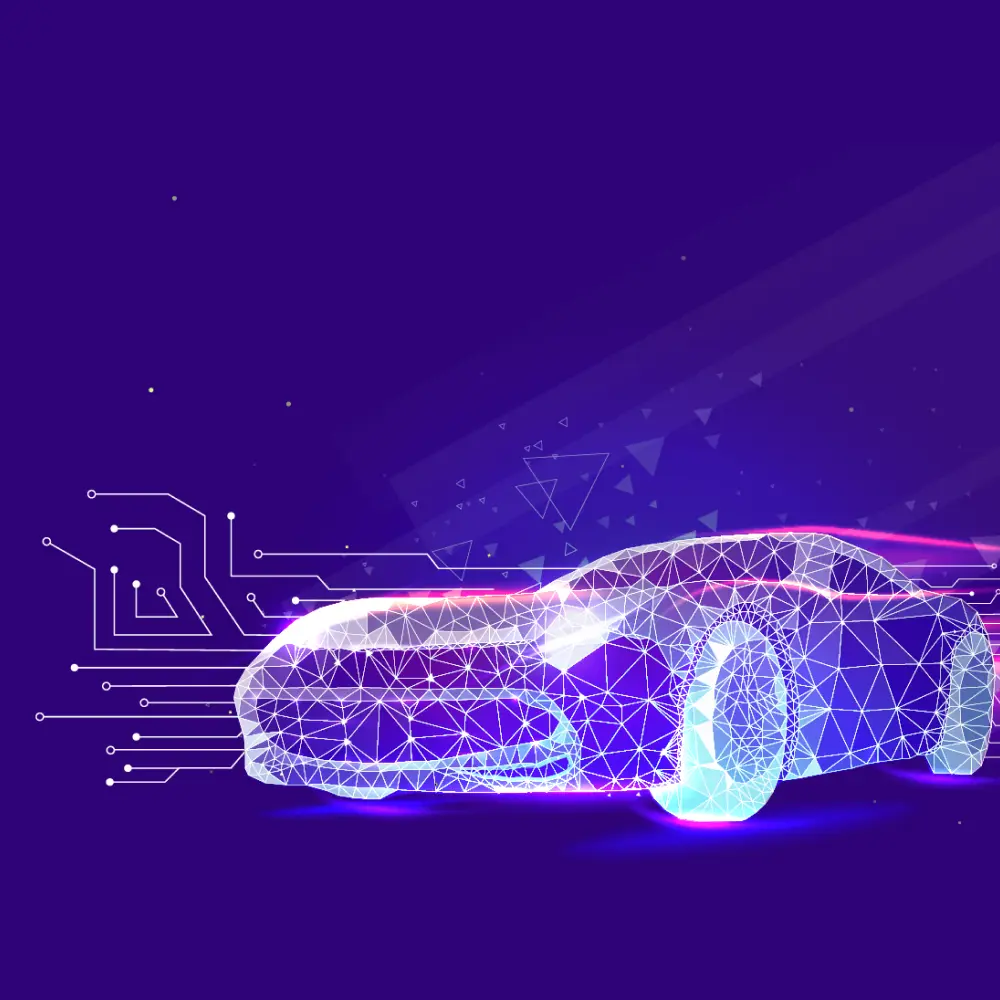Among the many possibilities of generative AI, the latest trendsetter is the creation and execution of lifelike AI avatars to satiate the need for human touch and personalization across various scenarios. Astoundingly, GenAI has made vast strides in modelling itself after real human beings. Modern Generative AI avatars become all the more lifelike as they possess the look and feel of another being and a sharp intelligence that bolsters their overall appeal.
What Is A Generative AI Avatar?
Generative AI Avatars are computer-generated live 2D or 3D character models. They are generally designed to mimic a human-like persona. However, they can be given any form, from friendly animals to anthropomorphic mascots.
The industry standard for customer interactions consists of hyperrealistic 3D models. With their deep learning algorithms, Generative AI avatars are terraforming the topology of business-client interactions.
These AI avatars have paved the way for more natural AI-human interactions.
The Potential Of Generative AI Avatars: Applications In Various Industries
Generative AI avatars have already proven their value in a multitude of fields. Generative AI avatars are a truly versatile tool, offering solutions ranging from every customer service-related avenue to assisting professionals with data-driven insights to make optimal decisions,
The global artificial intelligence market is expected to expand at a compound annual growth rate (CAGR) of 37.3% from 2023 to 2030. It is projected to reach $1,811.8 billion by 2030.
Let us look at how GenAI avatars, specifically, can be used in various industries:
E-Education
GenAI avatars can step in to fill the gaps left by human teachers. They can be used to create personalized educational content and answer students’ queries.
Virtual Assistance
Google Assistant and Siri are popular assistants. They would skyrocket in user relatability if virtual avatars were attached to them. Not only that, professionals could also make use of virtual avatars to help perform the same tasks as usual. GenAI can work more seamlessly and naturally. One example is Samsung’s Neon, a lifelike chatbot.
Medical Care
While GenAI is already providing medical data to patients and healthcare professionals, avatars can provide 24/7 emotional support to patients who require it. They can also help provide the emotional and mental support patients need during treatment. Sally and Walt, healthcare coaches from iCare Navigator, achieve the same feat.
Gaming and Media
Who doesn’t love the customization and experience digital avatars offer in gaming? GenAI avatars can take it significantly by transforming the gaming and entertainment landscape.
They can play the role of NPCs in games and curate incredible multimedia experiences for users. They can also produce randomly generated, tailor-made stories.
This keeps experiences fresh every time you play the game.
Customer Service
AI avatars can accentuate customer service experiences. They can directly interact with customers and provide a more human digital experience. This drastically saves time for human representatives, giving them opportunities to work on more complex tasks.
How Do Generative AI Avatars Enhance User Experience?
By 2024, 21.2% of total retail sales will happen online. This means an increased need for technology to drive better customer experiences online. AI avatars can elevate customer experience much like the magical spell raised the feather in Harry Potter.
Moreover, they can also be implemented into digital kiosks at physical stores for a more consistent omnichannel shopping experience that reduces the burden on staff.
DaveAI is a leading company providing businesses with immersive and personalized GenAI avatars. Businesses working with them have 30 % more lead qualification rates.
What Powers Up Generative AI Avatars?
Generative AI has existed since 1960, when it was used to power chatbots. So, what’s different now? The major impetus behind the rise of AI virtual avatars comes from integrating various technological advancements like Generative Adversarial Networks(GANs), amongst other things.
But that is not the only part which helps create a generative AI avatar. Let us take a look at the processes involved in a bit more detail:
The Accumulation Phase:
For any artificial intelligence system to function, it needs to gather vast amounts of data. This includes text, images, audio, video and other mediums. The data is used as a reference for all actions performed. This includes a vast set from requested information to interaction models.
The Analysis Phase:
The gathered data is analyzed and verified. The AI also analyses human conversation patterns, tones in language, emotion-driven response systems and behavioural cues. These shall later be implemented to carry out seamless conversations with people.
Language Processing Phase:
Natural human-like language capability is, perhaps, the most important aspect that a generative AI avatar needs to master. Only then can it communicate with humans more efficiently. Natural Language Processing (NPL) techniques come into play here. The nuances and subtleties of human language and interactions are replicated using mass data analysis, media analysis, emotion and sentiment analysis, and language modelling.
Fine-Tuning Generative Model Phase:
The AI generates countless content strings, including text, images, etc. The generation algorithm is fine-tuned based on the previously collected data. It creates texts and conversations that sync with the desired personality, requirements and behaviour.
Creating Behavioral Model Phase:
Developers need to create a consistent virtual personality. They must make it seem like you are talking to an actual human being. Behavioral models help determine how an avatar responds to various conversational paths. Multiple simulations are run to ensure an adaptive yet consistent personality.
Visual Shaping Phase:
3D modelling, animations and graphics combine to create a photo-realistic human image. AI avatar developers take great care to jump over the uncanny valley to give customers as close of an experience they can get from human interactions.
This ends the process of preliminary creation. But constant testing occurs after this stage. Eventually, an alpha version is created that generates feedback from customers. Since generative AI models are used, they can effectively utilize deep learning algorithms to develop constantly.
Benefits And Challenges Of Implementing Generative AI Avatars
Each coin has a flip side. Although GenAI avatars come with massive benefits, they also have some minor challenges.
Let us take a look at the benefits first:
- Task automation and interaction deflection combine to alleviate the burden on professionals and representatives. With generative AI, reps can focus on solving more complex issues. Gen AI avatars can also redirect tasks it cannot fulfill to human representatives.
- GenAI avatars are highly scalable. Small to large businesses can implement them easily. Companies won’t have to worry about physical outlets and worker assignments in awkward locations as they grow. GenAI avatars on a kiosk can also effectively replace or assist physical stores. Online stores, of course, already reap huge benefits.
- Increased lead generation and conversion is one of the driving forces behind businesses adopting GenAI avatars. DaveAI-qualified leads have 18% better conversion rates.
Like all technological marvels, it comes with some drawbacks:
- If you choose an AI avatar that is not adequately “human,” you can drive away consumers. The uncanny valley is a dangerous road to tread. Be sure to choose providers who can give you top-of-the-line avatar animations and interactions.
- The fear of losing jobs has many professionals standing against implementing AI avatars. Educate your team on how generative AI avatars assist and don’t replace human staff members.
- The rise of generative AI avatars can be a new concept to many. Thus, constant training sessions to keep your employees updated regarding its features and specs is a must to unlock its full potential.
Practical Uses Of Generative AI Avatars
GenAI avatars are slowly taking over the customer interaction space. Many major industry players have started using them to supplement their human employees. Some of them include:
- Verizon
- Mercedes-Benz
- Autodesk
- H&M
- KFC
- Sephora
- Vodafone
One of the most inspiring recent uses of Gen AI comes from an innovative AI avatar of College of Southern Nevada’s President Dr. Federico Zaragoza. This avatar has greatly assisted the mostly bilingual minority of students.
Generative AI avatars have taken over the entertainment industry. Virtual influencers like Lil Miquela provide great opportunities for talent management enterprises and entertainment for audiences.
The field of medicine is also witnessing great strides in using AI that can read, interpret and execute electrical signals in the brain. Researchers from UC San Francisco and UC Berkeley could give voice to a paralyzed woman who hadn’t spoken in 18 years through an AI avatar.
Fast food chains, fashion brands, makeup brands, car manufacturers, telecom companies, and many more have successfully used GenAI Avatars for their digital customer interactions.
What’s Next For GenAI Avatar Technology?
The rise of generative AI avatars has been a game-changer in the digital marketplace. You can seamlessly create, customize and personalize avatars that integrate your vision and connect with your target audiences.
But the advancements don’t just stop there. The future is dynamic and full of innovative sparks. Realism is a front that is still being worked on. They are constantly moving towards becoming human-like in appearance and behaviour and will only stop when they are completely indistinguishable.
Using customer data, the avatars learn and personalize themselves according to customer needs. Soon, you might see avatars adopting specialized personas and techniques to cater to every customer.
AI avatars in media and gaming can create curated, original experiences for the audience every single time.
All of these possibilities lie in wait for GenAI avatars. It is only a matter of time before they start seamlessly collaborating with humans to create experiences and memories that are truly one of a kind.
Generative AI Avatars: The Future of Digital Interactions
The future is now – a cliche but the truth. Generative AI avatars have just stepped over the threshold. They are yet to cross over into our world. With just that, they have completely transfigured the landscape of digital interactions. More and more companies are adopting it, and even more customers are getting acquainted with and, perhaps, even demanding it.
Couple this with boundless possibilities for advancement, and the GenAI avatar boom is close to the future. The final verdict falls upon you. Will you take up the mantle of those who stride into tomorrow, or will you stay behind in the past and let go of these wonderful opportunities? Now is the time to choose. Choose wisely.



